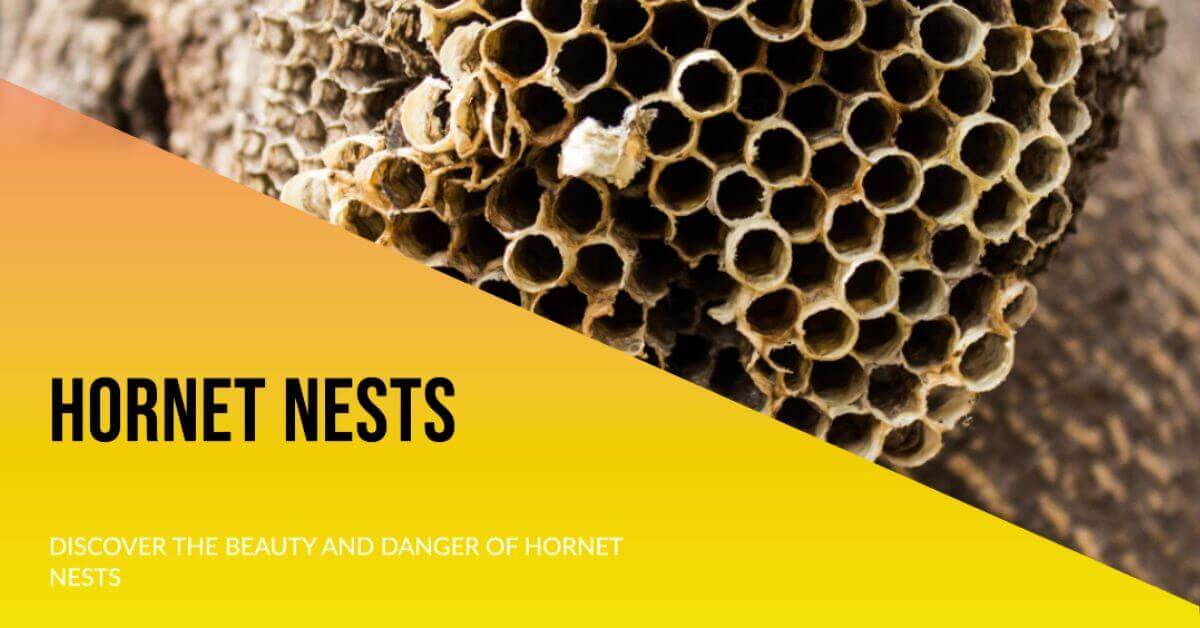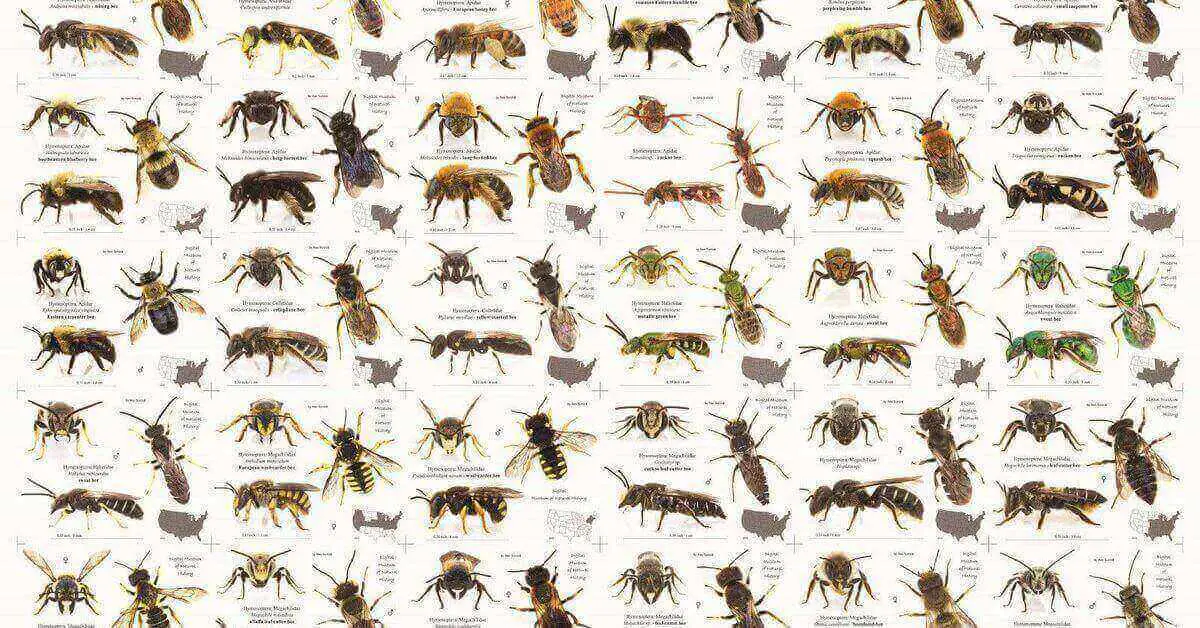Hornet’s nests are marvels of nature that have fascinated humans for centuries. These intricate creations are built by hornets, social wasps known for their remarkable organizational skills. In this blog, we will delve into what hornet’s nests are, the materials they are made of, and explore the different types of hornet nests found in the natural world.
Types of Hornet Nests
Aerial Nests
Aerial nests are perhaps the most common and recognizable type of hornet’s nests. These nests hang from tree branches, shrubs, or man-made structures like buildings and houses. The nests typically appear pear-shaped or teardrop-shaped, with a single entrance near the bottom. Aerial nests are usually built by species like the European hornet (Vespa crabro) and the baldfaced hornet (Dolichovespula maculata).
Subterranean Nests
Unlike aerial nests, subterranean hornet nests are constructed underground. The hornets build their nests in abandoned burrows, tree roots, or other cavities they find suitable. These nests are relatively hidden, offering protection and security for the hornet colony. The Asian giant hornet (Vespa mandarinia) is known to build subterranean nests.
Arboreal Nests
Arboreal hornet nests are built in the branches of tall trees, offering the hornets a strategic advantage against predators. The nests are usually constructed in dense forests or wooded areas. Hornets belonging to the genus Vespa, such as the Japanese giant hornet (Vespa mandarinia japonica), are known for building arboreal nests.
Balloon Nests
Some hornet species are highly adaptive and can build their nests in unconventional locations. Balloon nests, as the name suggests, are built in the air and are not attached to any surface. These nests are suspended by a single stalk and are relatively small compared to other types. The European hornet (Vespa crabro) is known to construct balloon nests.
Understanding Hornet’s Nests
A hornet’s nest is the home of a hornet colony, serving as a safe haven for these highly social insects. Hornets are part of the wasp family and are renowned for their impressive building abilities. The nests are constructed using a papery substance that the hornets create themselves.
Materials Used in Building Nests
Hornets create the papery substance for their nests by gathering wood fibers from various sources, such as decaying wood, plants, and bark. These fibrous materials are mixed with their saliva, resulting in a malleable and strong paper-like material. The hornets then use this pulp to construct their nests layer by layer.
Importance of Hornet Nest Removal
Hornet nests pose significant risks, especially if they are located in close proximity to human activity. Hornets are known for their aggressive nature when their nests are threatened, and their stings can cause painful reactions and even severe allergic responses in some individuals. Additionally, hornets can cause structural damage to buildings if they build their nests in voids or cavities within the structure. Thus, prompt and efficient removal of hornet nests is essential to ensure the safety of residents and prevent potential property damage.
Hornet Nest Removal Cost
The cost of hornet nest removal can vary depending on several factors, including the size and location of the nest, the difficulty of access, and the extent of the infestation. On average, professional hornet nest removal services may range from $100 to $300, but this cost could be higher for more challenging removal scenarios. Keep in mind that the expense of professional removal is justified when considering the risks associated with DIY removal attempts, which can lead to accidents and further damage.
Related Posts:
Effective Hornet Nest Removal Methods
Professional Extermination
Hiring a licensed pest control company is the safest and most efficient way to remove a hornet nest. Professionals have the necessary expertise, equipment, and protective gear to handle the situation effectively. They will assess the nest, identify the hornet species, and use appropriate insecticides to eliminate the colony.
Nighttime Removal
If the nest is relatively small and accessible, you may attempt to remove it during the nighttime when hornets are less active and inside the nest. Wear protective clothing, use a hornet-specific insecticide, and take necessary precautions to avoid getting stung.
Prevention Measures
After removing the nest, take steps to prevent future infestations. Seal potential entry points around your property, such as gaps in windows, doors, and vents. Regularly inspect your property for signs of hornet activity and take immediate action if a new nest is detected.
Conclusion
Hornet’s nests are truly remarkable structures, showcasing the ingenuity and teamwork of these social insects. Built from a papery substance created by the hornets themselves, these nests come in various types, including aerial, subterranean, arboreal, and even balloon nests. Understanding the different types of hornet nests not only enhances our appreciation for the natural world but also highlights the importance of preserving their habitats. So, the next time you spot a hornet’s nest, take a moment to admire the wonders of nature’s engineering at its finest.




